THE HORNED GOD
by Marianne Kimura
No
one knew how the statue of the horned god had gotten to the end of the broken
desolate peninsula encased in the shambles of soggy, broken concrete. This
spot, among rubble and weeds, with stark frames of defunct gigantic towers and
their staring, blank and open windows, wasn’t a very appropriate or convenient
spot for the statue of such an important god.
Or
maybe it was. But, on the whole, they wanted their deity to be closer to them
and their greener island across the water.
Dug
proposed that they move it but no one could think of any way to move such an
enormous and heavy metal beast of a monument. It was in the shape of a bull:
four legs, a stiff tail thrust in the air in a dance that threatened violence,
a barrel of a body and short, squat legs with cloven hooves. There was no doubt
it was male: enormous bronze testicles hung between the squat back legs.
On
its head were its famous horns which they sometimes decorated with beautiful
vines and wildflowers collected from the banks of the sea nearby, the spot
where they landed their rafts when they came to pay homage to him.
He
was known as the Bowling Green God because of all the signs, some broken and
some still hanging, in crooked angles, in his vicinity that had “Bowling Green”
printed on them. He must have been a very important god in the past, too,
because there were so many decrepit signs, still hanging or scattered around on
the ground, with his name: “Bowling Green Park”, “Bowling Green Subway Station”
and even a “Bowling Green Sandwich Café”. Horass, an elder in their little
tribe and their ‘resident scholar’ had theorized that in the Greatera, places
in this area had been given his sacred name as a sign of respect and out of a
desire to share in his power and magnificence. “I’m not completely sure”, he
said, “it’s possible that was his name, or rather I just don’t remember and I
don’t know what else it could be. He’s the only important thing around here.” Horass’
sucked in his thin cheeks and a look of doubt had crossed his face.
(Not
everyone in the tribe could read, but a few people, such as Horas and his wife
Maree could and they had explained patiently to the others that in the Greatera
there had been fast trains, called subways, that sped along in tunnels, and
shops called cafés that sold food.)
The
group, they called it their tribe, was about 50 people in all. They lived and
farmed on a nearby island called Governor’s Island. This name, they knew, was
from the Greatera. It had survived, like the name of their horned god, Bowling
Green, because of all the signs left by the people who had been there years
ago.
“Govern
means rule”, said Dayve in a speculative mood, as they get into their rafts and
push them into the water one May Day. A large faded and cracked red sign that
said “GOVERNOR’S ISLAND” hung on some metal poles stuck into firm concrete on
the beach. “Our island is where the old rulers lived in the Greatera”, he says more
authoritatively, pointing at the sign with his oar as though its presence alone
could confirm his theory. Lin, his long-time girlfriend, stares at the sign as
she rows in front of him and is totally convinced. She smiles. Sure, she’d
heard people say that before, (it is one of those theories floating around),
but it is still so nice when things make sense in this world! She can imagine
the governors of Greatera proudly coming and going next to the stately red sign
a century ago as they fulfilled their important duties on the mainland.
But
Horass, pulling an oar behind them in the same raft, disagrees. “No”, he said,
“it wasn’t like that. Mind you, I was just a little kid back then, when all the
cars and trucks stopped running virtually overnight…But before that happened, I
can still remember some stuff…..the rulers were living in New York City and in
someplace else….Washinham or Washinden…..the name escapes me now.”
Horass
is the oldest among them, already perhaps 60, he was not sure, his age is just a
guess. He is thin as a willow. They all are of course. Food is difficult to
grow. It is a busy yet rudimentary existence by our modern standards.
Because
of all the work, growing, storing, preserving food and making tools, the tribe
rarely does things all together. They mostly visit Bowling Green in small
groups or dating couples or even alone, if they dared to cross the deep harbor
alone on such a flimsy wooden raft.
But
in the springtime, the tribe makes a special effort to paddle together across
the water in their rafts made of logs tied together and hold a May Day ceremony
to honor Bowling Green.
They
all know May. All the months of the year, from January to December, had come
down to them, intact, from the Greatera. They know pretty much when the days of
particular month got to 30 or 31, as the case may be, and a few designated
people count them off and mark them on the walls in the run-down buildings that
still survive, but, as Horass admits, there is no one to tell them if they are
right. They are thus a little unmoored from the familiar numbers and letters,
the alphabet, the numerals, the sequences of time and all the other hallmarks
of literacy that had grounded billions of humans for centuries: July, March,
August, 1, 7, 2, 8, A, W, J, Q, M and so on.
Even
the order of the months, numbers greater than about 25, and the alphabet
(except for the first three letters, ABC), are all now hazy in the minds of
some of their tribe’s younger members.
Lifting
away or coming unstuck and unglued, naturally, en masse, from the rubric of literacy, they are suspended safely by
the seasons and the plants and animals instead.
That’s
why the festivals are so important. And none more important than May Day.
Warm
weather makes them content and excited and if it continues a while it is a sure
sign of spring. Then one of them will count the marks on the wall and announce
“It’s May Day!” That very morning they will drop whatever they were doing and all
go and dance around Bowling Green, their horned god.
That
May Day, after landing on the shore, which is a tangled jungle of broken
concrete with some green sumac, willows, blackberries, reeds and other various
greenery sprouting here and there among the crumbling ruins, they are gathered
around the statue.
Suddenly
Lin, overcome with emotion and joy at the heavenly spring weather and blue sky,
drops Dayv’s hand and skips up to the statue. Seizing the deity’s sacred horns,
she clambers up on its head. Then, balancing along his spine with her arms
outstretched, she walks to the flattest spot on his back and sits down with a
happy and triumphant smile as though she is riding him.
Like
the horned god, she is wearing a crown of flowers.
“She
should marry him!” a man in the crowd murmurs, ragged emotion cresting in his deep
voice, almost like a sob.
Everyone
turns to see who among them has made this strange suggestion, but no one
acknowledges being the speaker and gradually, after an awkward silence, others
take up the cry: “she should marry him!”
“Marry
him!”
“Marry
the horned god!”
“Lin
should marry Bowling Green!”
“Go
for it, girl!”
“He’s
your guy, Lin!”
Only
Dayv stays quiet, put out and feeling annoyed, possessive and embarrassed. This
is what Lin gets for being such a seeker of attention, always she has to
perform or have people’s eyes upon her. Sometimes she wears strange motley and
fringed fashions she creates on her own, other times she skips around with her
recorder and plays songs while most of them are working baling hay and carrying
water for the collective goats. She ties up her hair with green wisteria vines.
She grows flowers instead of vegetables and then asks him for some of his carrots
and kale. Which, however, he always gives her.
He
wishes, fervently, that she would quit this sort of thing. Maybe once they are
married he can prevail upon her to be more conventional and normal, though he
doubts it.
Lin
is standing on top of the bull now. She strikes a pose: her hands in a “V”
shape over her head. She winks at Dayv, who rolls his eyes at her and then blushes
deeply when a few people in the crowd notice his peevish, impatient expression
and then everyone turns to look at him with amused smiles on their faces.
A lover’s spat!
“No,
that’s not how it’s done”, a man calls out to Lin, the same the anonymous man with
the deep voice who first suggested the marriage of the bull to Lin.
Everyone
turns and sees, clearly now, that it is Vejo.
Vejo
is a mysterious man, a man with a thick neck and a man who befriends birds by
mimicking their calls. He is not even afraid of large and ferocious swans. He keeps,
in fact, a pair of married swans as pets and his home is near the water where
these swans swim happily around a bay.
He
has a magnificent bicycle, not a wreck of a bicycle, like most of them have.
His is excellent and he has a marvelous knack of keeping it in order (This is
one source of mystery surrounding him―how he procures the special parts
for his technically advanced bicycle is unclear.) He is married, but he has a
reputation for being somewhat of a womanizer and his long-suffering wife Reha
has more than once let it be known that she has run out of patience with his
philandering. And he has an elegant gold earring in one ear, like a pirate.
“All
right, then”, says Lin in her brightest, loudest and most commanding
performer’s voice, “how’s it done, then?”
“You
have to lie down on his back”, says Vejo, his arms crossed. He pauses. It
almost sounds like he is speaking off the cuff and some in the crowd wonder if
he is making this all up.
Dayv
has moved close to the bull to catch Lin if she should fall off. He is thinking
that she is just the type to get into something public and disastrous without
thinking it all through.
“…And
you have to look up at the sky and close your eyes while we all chant”, Vejo
finishes.
Lin
quickly lies down on the bull’s back and closes her eyes. The spring breeze blows
her hair around and some flowers she is carrying flutter, petals scattering.
Everyone
looks expectantly at Vejo, wondering what the chant will consist of.
“We
chant, um, we chant…..” his gruff voice trails off weakly, helplessly.
Clearly
he has no idea what he is talking about. It’s most disappointing.
Another
pause. Everyone waits. Lin, lying on the back of the huge bull, is motionless.
“Well,
I suppose we’d better just say ‘Congratulations Bowling Green and Lin’”,
suggests Vejo rather defensively, as if expecting someone to protest that his
idea is too simple, ridiculous and obvious.
But
no one protests. After a few moments of reflection, someone starts chanting the
phrase.
“Congratulations
Bowling Green and Lin”.
Others
follow, but then, suddenly, a clear and piercing woman’s voice changes the tune
of the chant.
“Hail,
Goddess!”
Now
everyone turns to see who has said this, but there are a few women standing
where the voice seems to have originated: Maree, Giwa, Elsi, Reha. Who has
suggested this novel chant?
The
women look knowing but remain curiously silent.
No
one cares, after all. The thing is that the new chant seems better, more
appropriate somehow. They all start chanting it.
“Hail
Goddess! Hail Goddess!”
Dayv,
standing near the bull’s left ear, wonders how Lin feels about suddenly being a
goddess. She looks perfectly content. He can see a slight smile playing on her
face above where he is standing, as though she has heard a good joke.
People
in religious situations can be so….irrational, it occurs to him, and after a
few minutes, he starts to fret that the crowd will progress to calling for a
human sacrifice of Lin, now their goddess. At the very least, they might demand
that she live out her life as a celibate. (He’s heard of such things, though
not in their tribe.) That would suit neither of them.
He
starts praying fervently to all the gods he’s ever heard of, (and he’s heard of
quite a few), that the situation won’t get worse, that after the chanting is
over, Lin will be free to resume her life as an ordinary mortal on Governor’s
Island.
Lin
opens her eyes ever so slightly, just enough to for her to peep through her eye
lashes at what is going on but not enough for anyone to tell that she’s
cheating. From her vantage point atop the bull, she sees no one, not Vejo,
Dayve, Horass, Maree, Reha, Dug, nor any of the others.
What
she sees, instead, is the blue sky and the staring windows of the empty buildings,
the branches of the trees, maybe an oak, swaying above her.
And
birds, maybe seagulls, soaring and turning in the wind.
Years later, married to Dayv and ever a performer when she gets a chance, she still remembers her first wedding, to Bowling Green, the horned god, and that crescendo of voices chanting on May Day.
*********
For other work by Marianne, please see her prize-winning short short story here, or the start of her ninja story here.



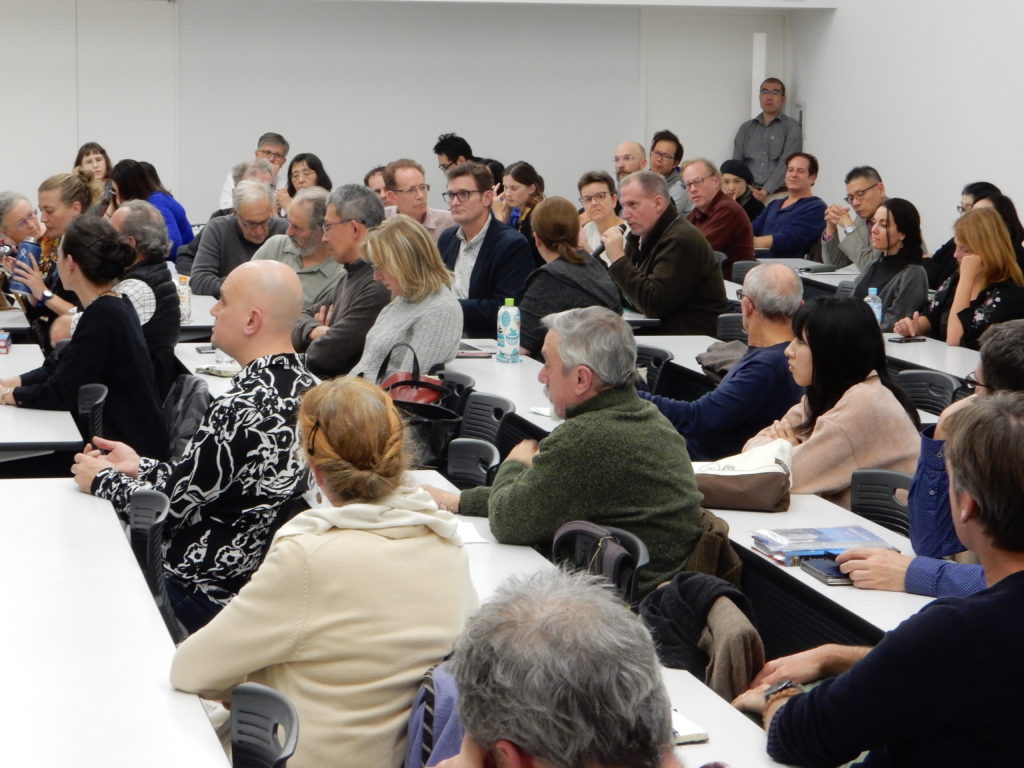










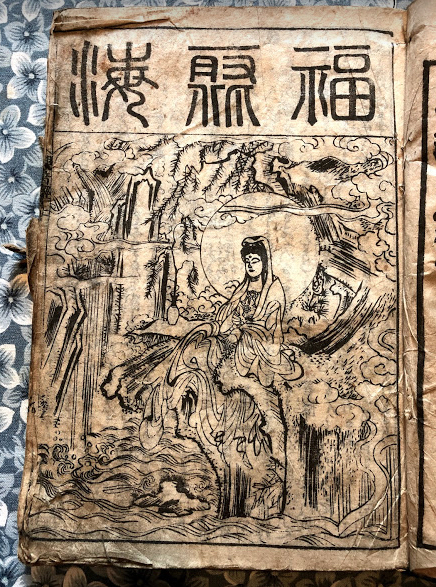
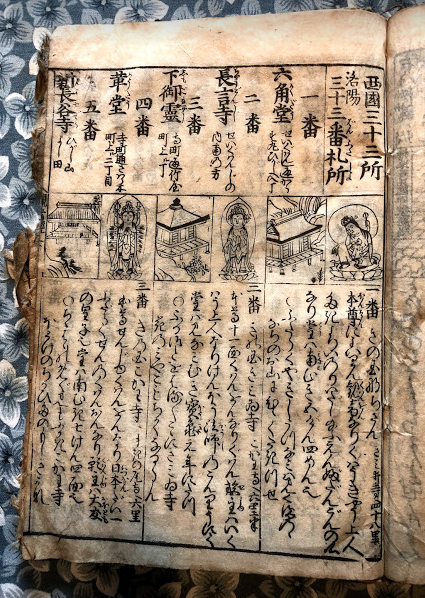



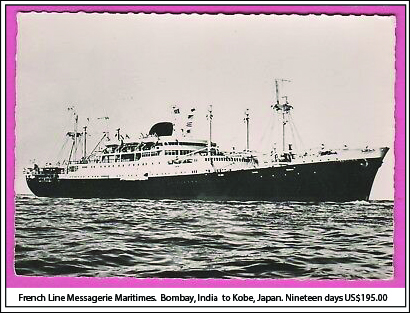
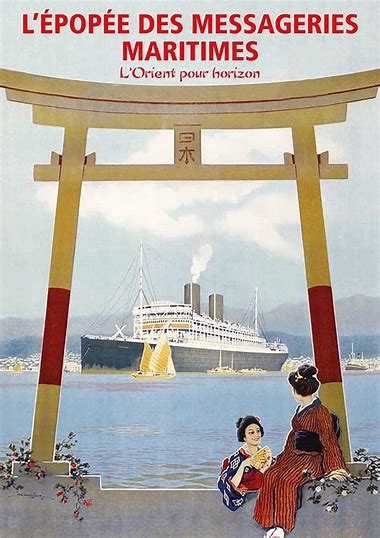

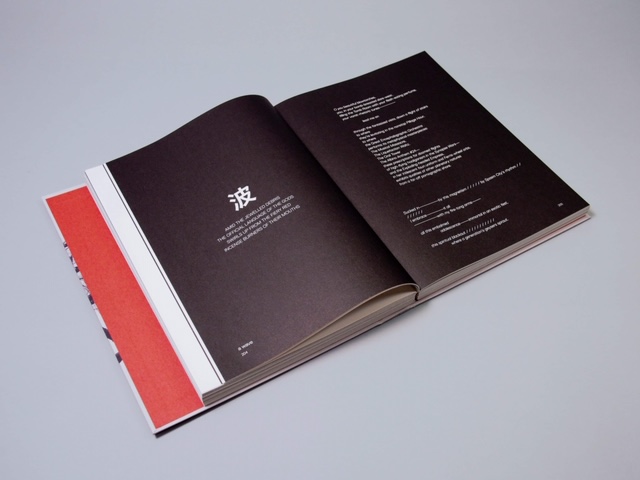

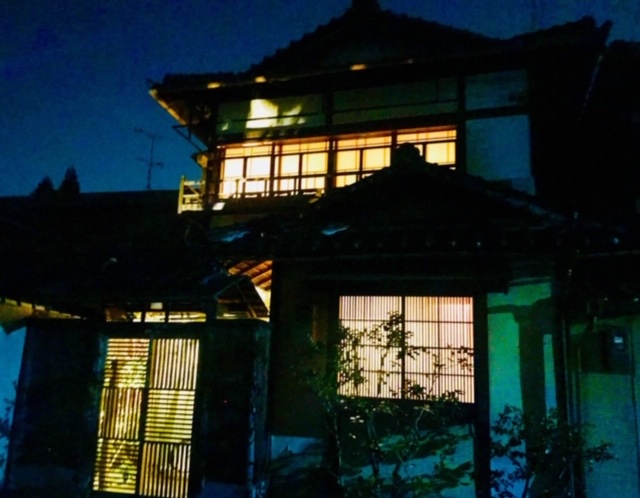

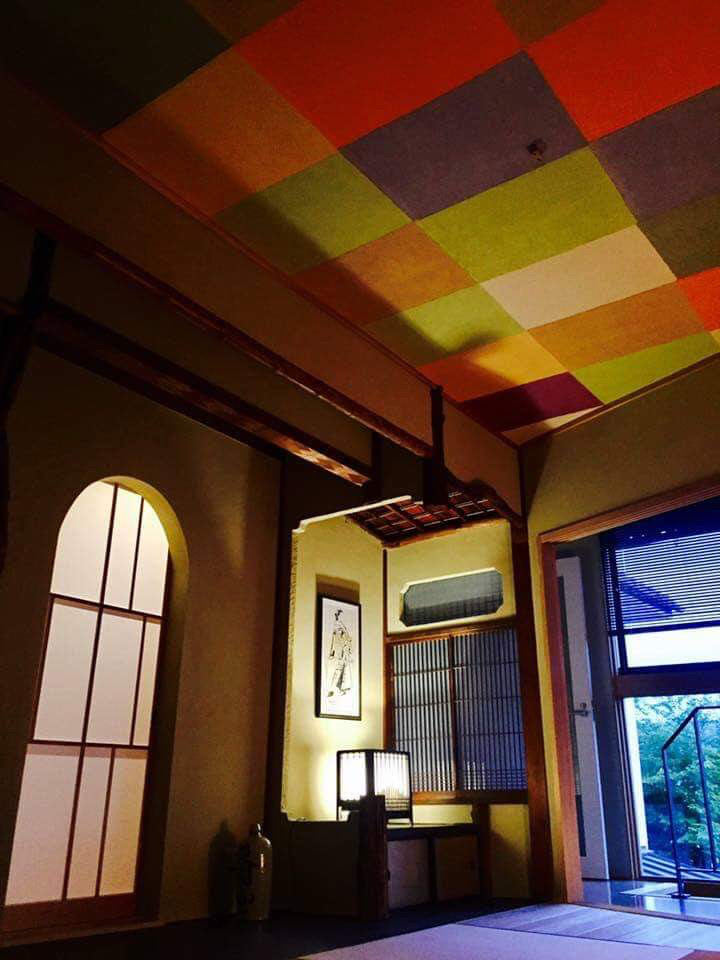

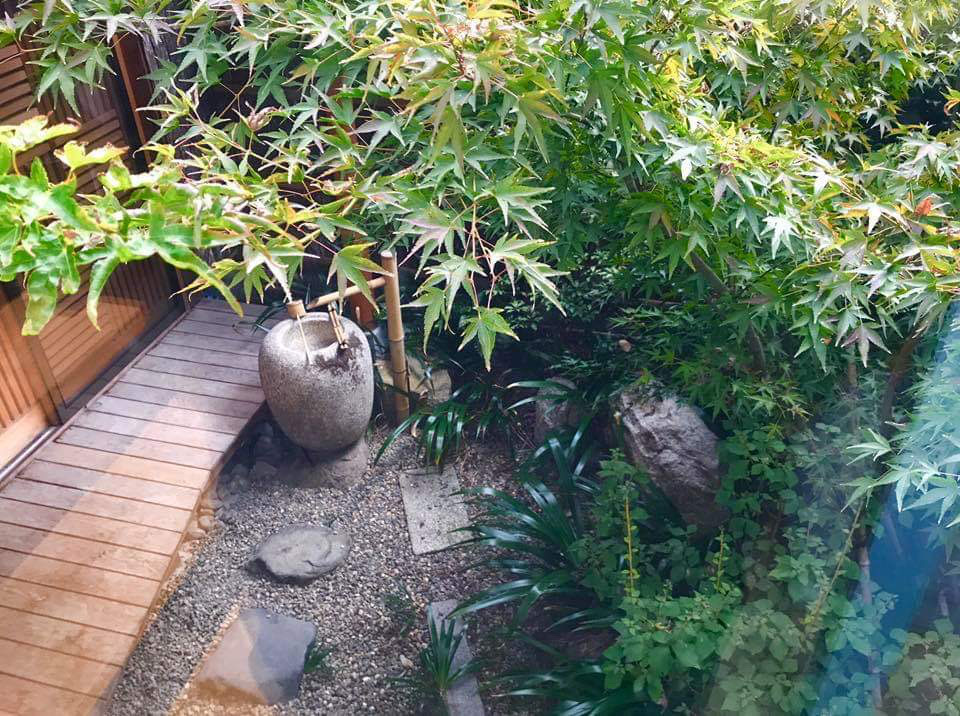











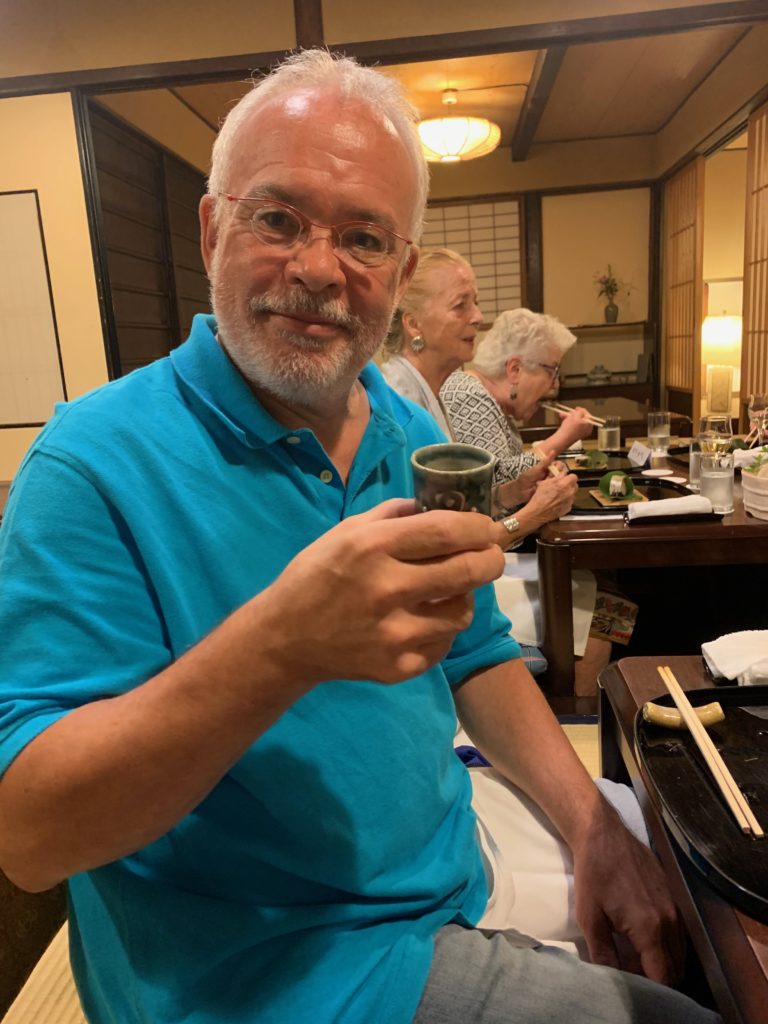
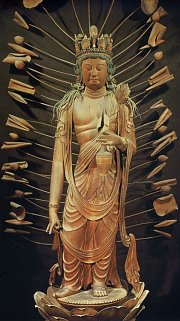
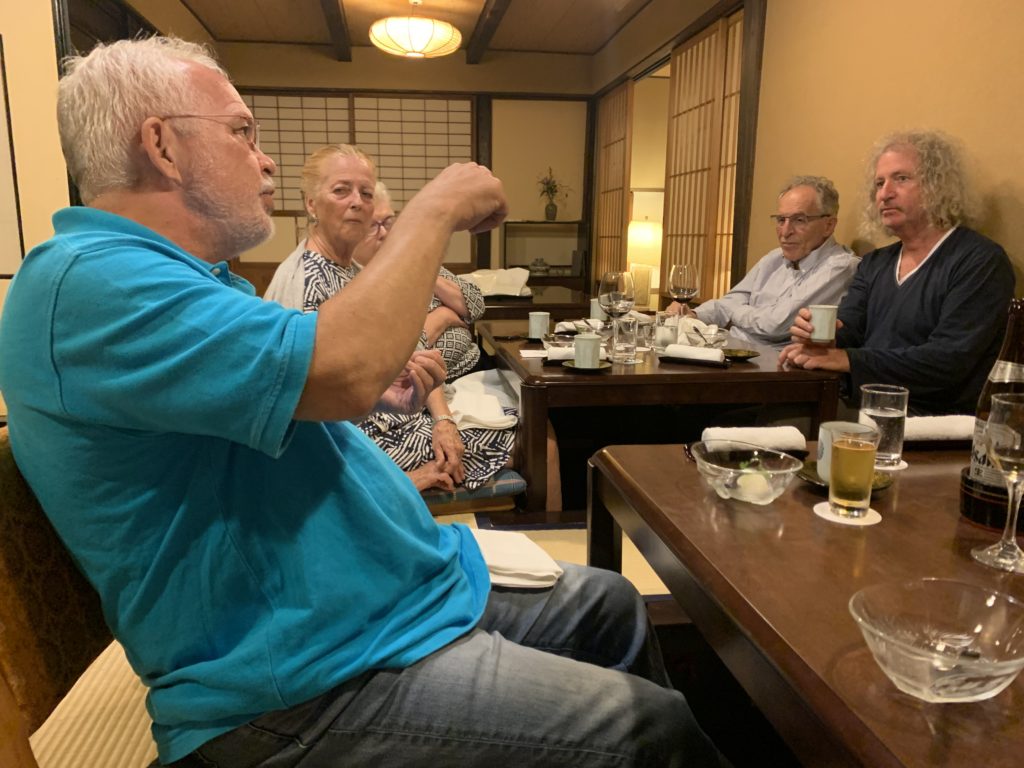
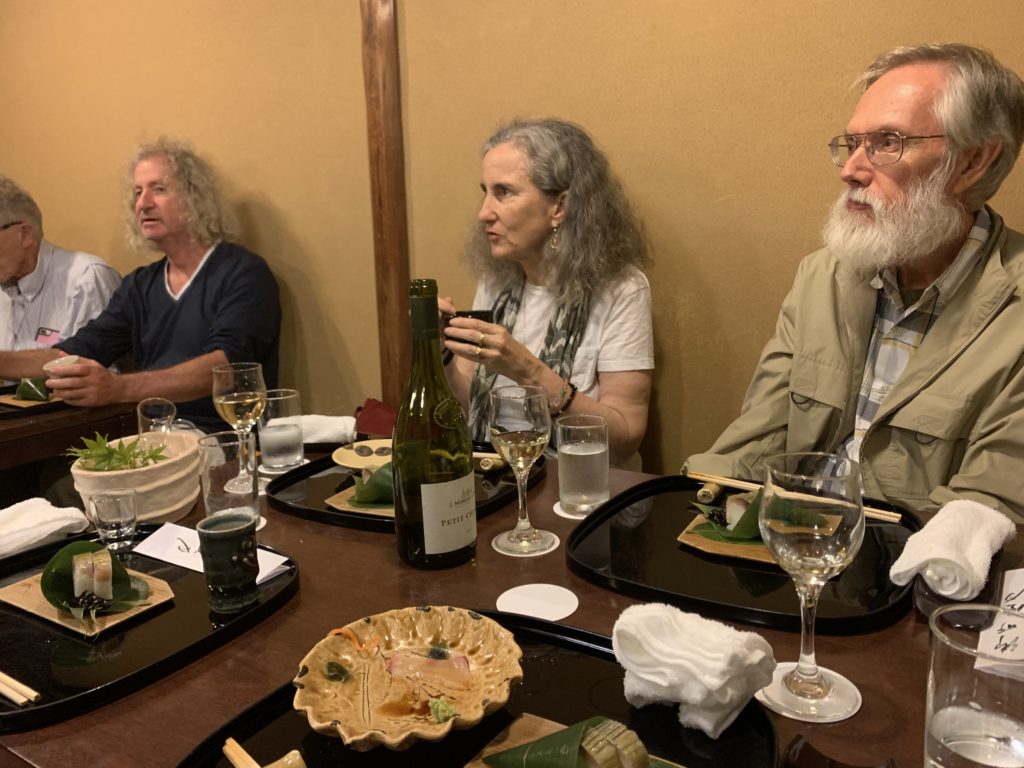

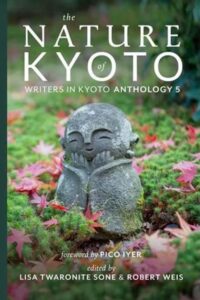
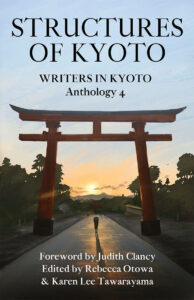
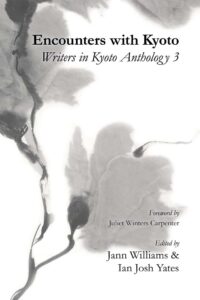
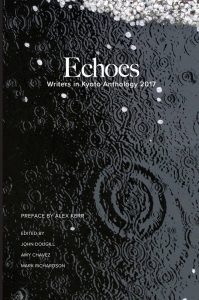
Recent Comments